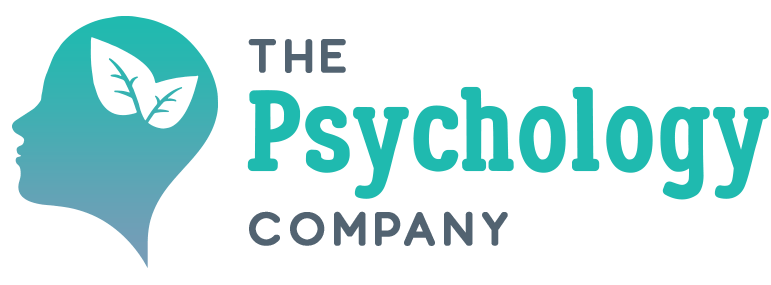
I recently contributed a chapter to a new book entitled ‘Creative methods in Schema Therapy’, published by Routledge. The chapter is entitled ‘Developing a compassionate mind to strengthen the healthy adult’ and is co-authored with Dr Chris Irons.
A central goal of Schema Therapy is to strengthen the ‘Healthy Adult’. Our Healthy Adult is vital for all of the changes we wish to achieve in the Schema Therapy. It is typified by traits such as compassion, nurturing, assertiveness, being wise and empathic and enables us to recognise limits and set priorities.
Creative Methods to develop the Healthy Adult in Schema Therapy
The chapter in Creative methods in Schema Therapy’ outlines existing ideas for strengthening the Healthy Adult and introduces the benefits of bringing in a Compassion Focused Therapy (CFT) perspective. The aim is for therapists to develop a more detailed understanding of the compassionate self that sits at the heart of the Healthy Adult mode and have structure and guidance for helping patients develop their compassionate self.
The concept of compassion (from a CFT perspective) is defined along with the multimodal compassionate mind training which gives an overview of compassionate attributes and skills to be developed. These attributes and skills are described in detail in the second half of the chapter, with emphasis placed on developing compassionate commitment and motivation, wisdom, increasing sensitivity/awareness to suffering, developing distress tolerance skills, compassionate attention and thinking, compassionate sensory focusing, engaging in compassionate behaviour and compassionate self-imagery work. Practical ideas for how to develop these skills are introduced and consideration is given to how these attributes/skills can be used to work with other modes. The chapter closes with an overview of common fears/blocks to developing a compassionate mind and ideas for how these can be worked with.
If you would like to learn more about this topic or discuss it with me further, please feel free to contact me at [email protected].
Written by Dr. Olivia Thrift – registered Counselling Psychologist and founder of The Psychology Company.



